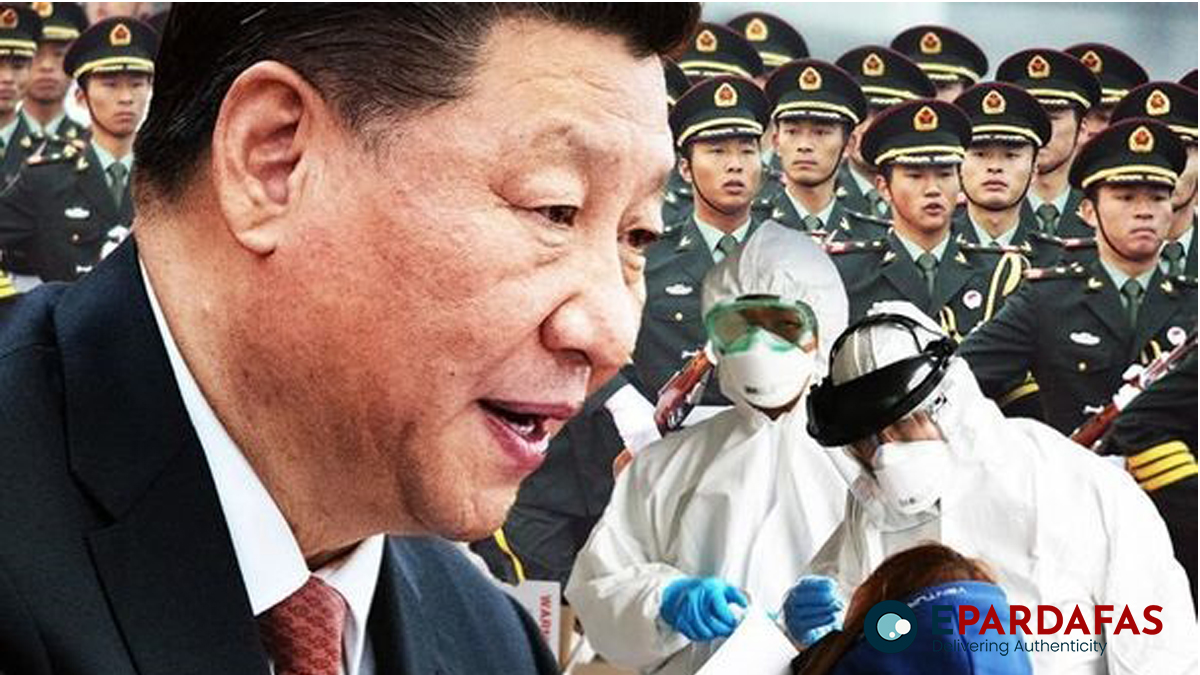
Why China hides COVID death toll?
China has withheld information regarding the number of cremations carried out in the country during late 2022 that could have provided insights into the consequences of the widespread COVID-19 deaths that were prevalent in China during that period. Over the past three years, there has been significant international attention on the number of COVID-19-related deaths in China. However, reports indicate that the Ministry of Civil Affairs of China has released statistics that lack data on cremation, raising concerns about the actual death toll.
The Ministry usually releases quarterly data on civil affairs, including marriages, divorces and cremations, within three months. However, the “Civil Affairs Statistics for the Fourth Quarter of 2022”, released on June 9, omitted the creation data. The absence of cremation data has led international media to claim that the missing data on cremation exposed the huge death toll from the epidemic in China.
According to some local media outlets, there are allegations of a high number of deaths during the last quarter of 2022. They mention delayed cremations and firsthand reports of many casualties among their acquaintances and in various hospitals. These accounts suggest the death toll may be much higher than officially reported.
In recent years, China has implemented strict epidemic prevention and control measures. After the failure of the “zero-clearance” approach and the “white paper movement” outbreak that swept across mainland China and Hong Kong, the Chinese government suddenly lifted the lockdowns in December 2022. It led to a surge in COVID-19 cases across the country. Hospitals became overwhelmed; funeral homes struggled to handle the increased number of bodies and reports of bodies stored in unconventional locations. In some rural regions, newly dug graves have noticed a noticeable increase.
The Chinese government officially reported only 72,000 deaths from the two hospital outbreaks, a significantly lower number compared to international estimates by professional organisations, which suggest millions of deaths. In December of last year, researchers from the University of Hong Kong estimated that approximately one million individuals in China had lost their lives due to the epidemic within a month after the restrictions were lifted.
The lack of transparency regarding the actual death toll has raised concerns. The Chinese Center for Disease Control and Prevention had previously mentioned counting “extra death figures” and releasing the results, but no such figures have been made public. Furthermore, reports indicate that the CCP has been destroying epidemic data since February 2023, and there have been claims of significant death tolls in specific regions, such as Zoucheng Yishan Township, where a local policeman alleged that 4,500 deaths occurred in a population of only 30,000.
China has faced criticism regarding its lack of data transparency throughout the pandemic, particularly about counting COVID-19 deaths. The CCP has been covering the epidemic toll, which led to the belief that the coronavirus has killed millions of Chinese in the last three years.
In January, a high-ranking official from the World Health Organization (WHO) accused China of downplaying the severity of its COVID-19 outbreak and reiterated its criticism of China’s narrow definition of what constitutes a COVID-19 death. During that time, Chinese health officials only considered patients who died of COVID-19 if they had experienced respiratory failure and pneumonia.
China later revised its criteria in January, but their figures only included individuals who had tested positive for the virus and died in hospitals, excluding those who died at home or in lower-level and rural health facilities.
According to the World Health Organization’s website, 121,237 deaths have been reported in China since the beginning of the outbreak in 2020, with the majority occurring towards the end of 2022 and early this year. However, it is not clear if China plans to release the national data on cremations at a later date.
















Comments